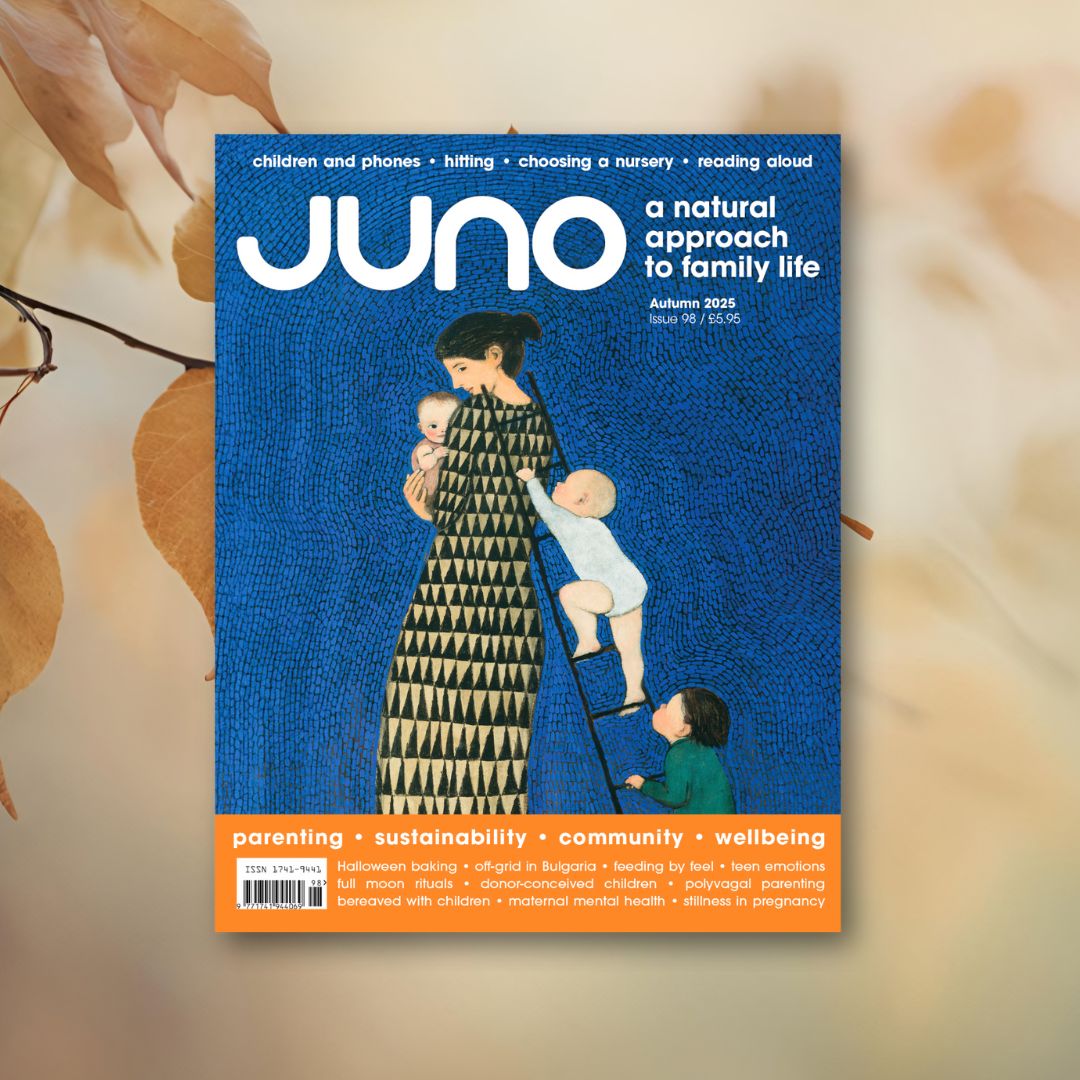The lady at Eden farms that supplied our vegetable box told me she felt so passionately that children should experience growing their own food that she would put some organic seed potatoes in our box, despite the fact that growing our own meant we would no longer need to buy her produce. Unfortunately for the business her enthusiasm rubbed off, and now I too am feeling evangelical about giving children opportunities to grow something they can eat.
Here are a couple of the projects that even quite little children can get started at this time of year. March and April are perfect months to plant salad leaves; we keep a container growing by the back door and by May my daughter will be plucking a few tasty leaves for her sandwiches each morning. Before I grew it myself I had no idea that rocket has such a hot, peppery taste, because supermarkets sell a much blander version.
Grow a container salad garden
For this project you will need a container with drainage holes drilled in the bottom. We are recycling an old bath tub. We improved the drainage by half filling it with broken pots and roof tiles. With a deep container like this there is no need to use up sacks and sacks of compost as the salads will need only the top foot, if that. I prefer to mix bought compost with home made compost and garden soil. If you can find a space in the garden to dig a hole, so much the better, as that is exactly how our second project came about, but more about that later! Like the children, I love to run the virgin compost through my fingers, crumbling out the lumps, and mixing it through.
At this time of year some people cover their prepared seed beds to warm them up, but with a container it is as well just to wait for that first day in March when you notice a warmth to the air. We usually plant spinach, rocket and mixed salad leaves, all cut-and-come-again varieties, which will keep going until the weather gets too hot in high summer. Remembering that lettuce in particular favours cool, wet conditions is often the one thing that consoles me about grotty spring weather.
Younger children will find spinach seeds the easiest to handle as they are relatively large, similar to peppercorns, whereas the rocket and lettuce are tiny, and take more patience to space evenly. I usually pop some lentils in an empty seed packet for my younger children as they always want to plant seeds for England, and have no concept of straight lines or spacing out. (The lentils have the bonus of sprouting in a day or two, which satisfies their need for more instant gratification). Planting in rows helps with identifying weeds, but don’t worry if your container is round these salads work equally well if the seeds are ‘broadcast’, i.e. scattered evenly across the surface and lightly raked in. They will germinate in a week or so, longer if temperatures are still very cold. As they grow, simply thin out the clumps and eat them roots and all. A scattering of grit around the container will help to deter slugs and snails, as will watering first thing in the morning rather than in the evening. The salads will to go to seed during a hot dry spell, but watering well may help. Harvest the leaves as and when – and enjoy!
Make a frog house
To make this mini urban pond, just sink any old container such as an old washing up bowl or plastic storage box into a hole in the ground. The container will fill with rainwater or the children could fill it themselves from a water butt. Before long you will have your own mini ecosystem to explore. To help things along add a bucket of mud from a pond or river to introduce bugs and their eggs. As summer progresses use an old sieve to pond dip and examine the contents with a magnifying glass to search for signs of wildlife. To help fire up young children’s imaginations around this activity, I recommend reading a book by Simon James such as Dear Green Peace or Sally and the Limpet. His books have a subtle eco message mixed with delightful insight into childhood flights of fancy.
____
Mary Barnard
____
First published in issue 11 of JUNO. Accurate at the time this issue went to print.






